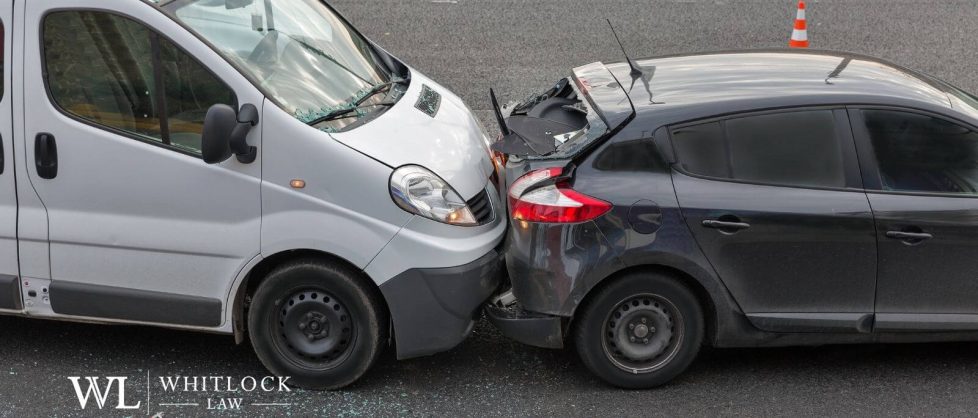Are rear drivers always at fault if they hit someone from behind?

The National Transportation Safety Board (NTSB) reports that 1,700 people are killed each year due to rear-end collisions. Maryland has some of the busiest roadways in the nation and a significant number of rear-end accidents resulting in personal injury and death. Most laws favor the front car driver, with few exceptions.
WHEN IS REAR-ENDING SOMEONE NOT YOUR FAULT?
When someone is rear-ended, there is likely to be a personal injury. The injury can be a minor whiplash or a severe trauma such as loss of limb or life. In any case, the medical costs to care for the injured party(s) can be expensive. Since the “Assured Clear Distance Ahead” Rule is the law nationwide with some variations, it is thought to be the fault of the rear-ender in most rear-end accidents.
An example is being rear-ended so forcefully that no braking action could prevent you from rear-ending the vehicle in front of you. That is a challenging argument to prove but, dash cams are adding more credibility to the contention. The ACDA rule says that every driver is responsible for maintaining a safe distance from the driver in front of them. The front driver could stop suddenly for no apparent reason to the driver behind them, but the ACDA rule would likely find the rear driver at fault.
WHEN IS THE FRONT DRIVER AT FAULT?
Accidents involving personal injury will especially almost always find the rear driver at fault in most states. If the front driver has faulty brake lights, fails to execute the proper driving movement, or reverses their vehicle, these actions could reduce or eliminate blame for the rear driver. The laws for motor vehicle accidents are subject to interpretation by the courts. The wisest decision would always be to maintain a safe, lawful driving distance.
Request a case evaluation
Fields marked with an * are required
"*" indicates required fields


